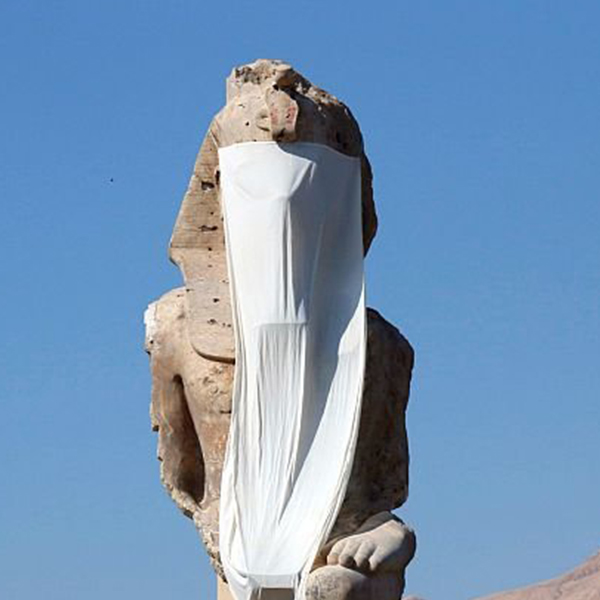
Painter's Palette Inscribed with the Name of Amenhotep III, ca. 1390-1352 BCE (Photo: The Metropolitan Museum of Art [Public Domain])
Thousands of years before the ancient Roman Empire, the north African civilization of ancient Egypt was leading the way in the fields of art, architecture, and engineering. Many of their preserved creations can still be seen today in museums across the globe. In addition to sculptures, jewelry, and headdresses, some everyday objects can be viewed as well. The Metropolitan Museum of Art holds a beautiful painter's palette that dates back to 1390-1352 BCE.
Made out of a single piece of ivory, this artist's tool includes six oval paint wells that still contain cakes of blue, green, brown, yellow, red, and black pigments. At one end of the palette is also an inscription of the pharaoh Amenhotep III (ca. 1401-1353 BCE) in hieroglyphics as well as the epithet “beloved of Re.” Amenhotep III's reign was one of the most prosperous periods of ancient Egypt and filled with achievements in art and culture. Despite its age, the design of this painter's palette closely resembles many of the artistic tools we use today.
An ancient Egyptian painter's palette from 3,400 years ago is inscribed with pharaoh Amenhotep III's name.

Painter's Palette Inscribed with the Name of Amenhotep III, ca. 1390-1352 BCE (Photo: The Metropolitan Museum of Art [Public Domain])
Pigments are still preserved in the six oval wells.

Painter's Palette Inscribed with the Name of Amenhotep III, ca. 1390-1352 BCE (Photo: The Metropolitan Museum of Art [Public Domain])
All images via The Metropolitan Museum of Art.
Related Articles:
Ancient Egyptian Coffins Sealed 2,600 Years Ago Are Opened for First Time in History
10 Facts About the Ancient Egyptian Queen Nefertiti
This Virtual Tour Takes You Inside an Ancient Egyptian Pharaoh’s Tomb






















































































